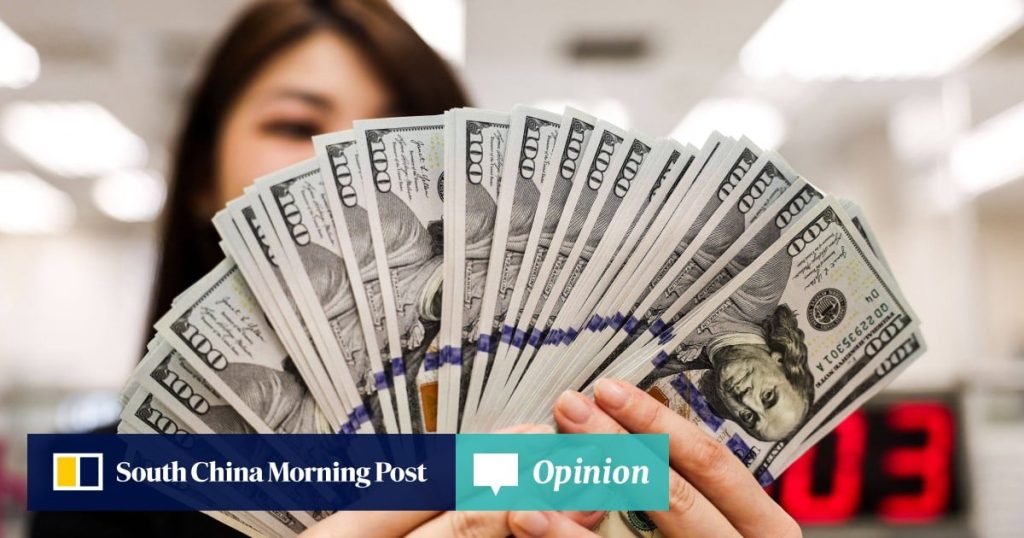In early January, the Bloomberg Asia Dollar Index – a gauge of the performance of leading Asian currencies against the US dollar – stood at its lowest level since 2006. Clobbered by a sharp rally in the US dollar as investors expected US President Donald Trump’s higher trade tariffs to stoke inflationary pressures, keeping US interest rates higher for longer, Asian currencies were viewed as one of the most vulnerable assets.
The combination of Asia’s deep integration into global supply chains and Trump’s blinkered focus on bilateral trade balances put the region’s economies and markets in the firing line. As Morgan Stanley noted in a report on November 17, Asia accounts for seven of the 10 economies with the largest trade surpluses with the United States.
Fast forward four months and Asian currencies have defied expectations. Since its low on January 13, the Bloomberg Asia Dollar Index has risen 3.5 per cent, with most of the rally occurring since the end of April. The yuan has hit its highest level versus the US dollar in six months, the Hong Kong dollar is testing the upper end of its trading band and the Indonesian rupiah has erased most of this year’s losses against the US dollar after falling to a record low on April 8.
However, it is the New Taiwan dollar, a stable currency that rarely makes the headlines, that is leading the gains in Asia’s foreign exchange markets. On May 2, the Taiwanese currency surged 4 per cent against the US dollar, its sharpest daily advance since 1988. Since April 3, the New Taiwan dollar has risen a staggering 9 per cent.
The much stronger appreciation in the currency since the start of this month was attributed in part to hopes for a de-escalation in the US-China trade war, with Washington and Beijing set to begin talks on May 10. Speculation that Taiwan will allow its currency to strengthen to reach a trade agreement with the Trump administration was also a factor, according to some analysts.
Yet these explanations are not convincing. A more compelling reason for the surge in Taiwan’s currency is the sudden unwinding of risky bets by Taiwanese life insurance companies, one of the biggest and most overlooked forces in global debt markets.



